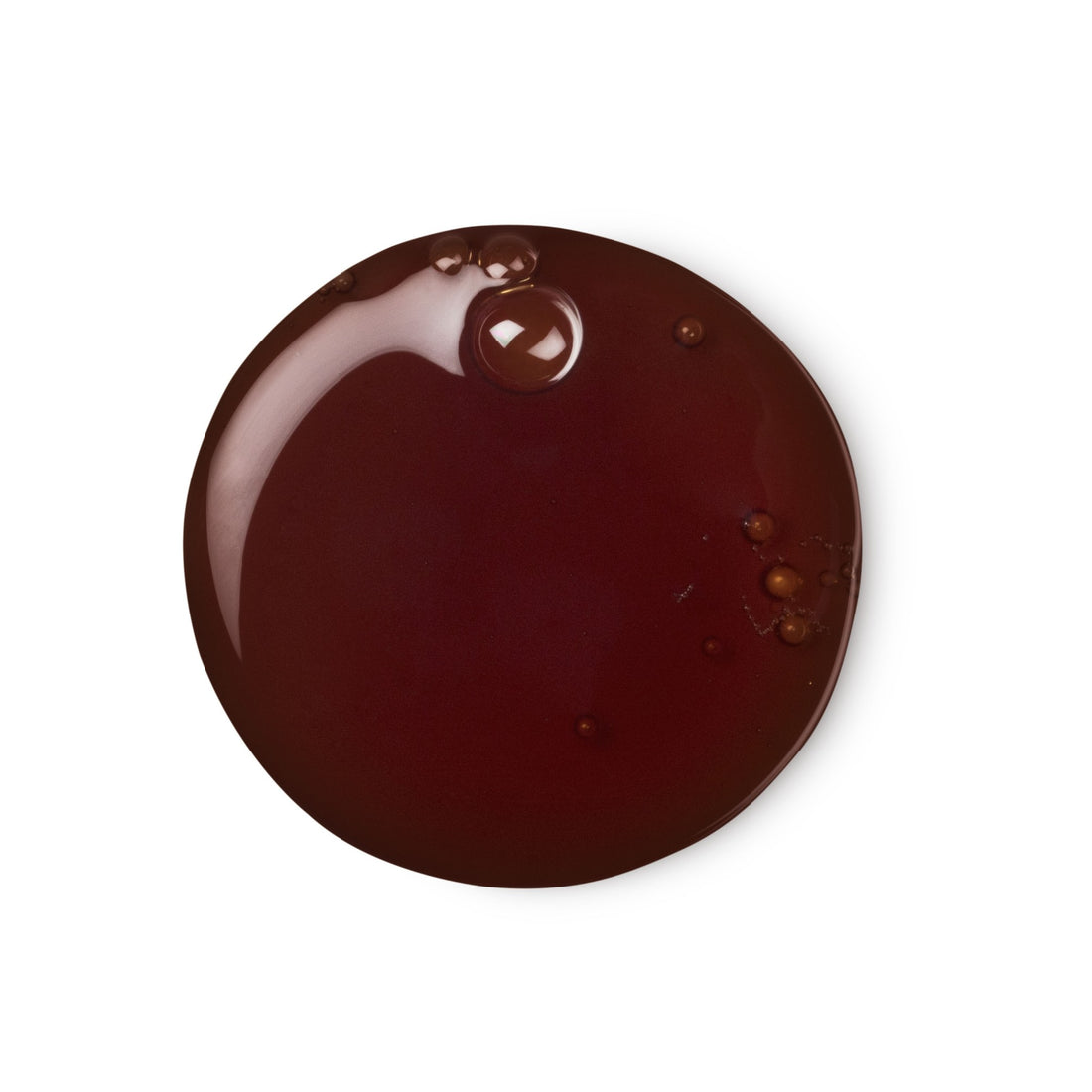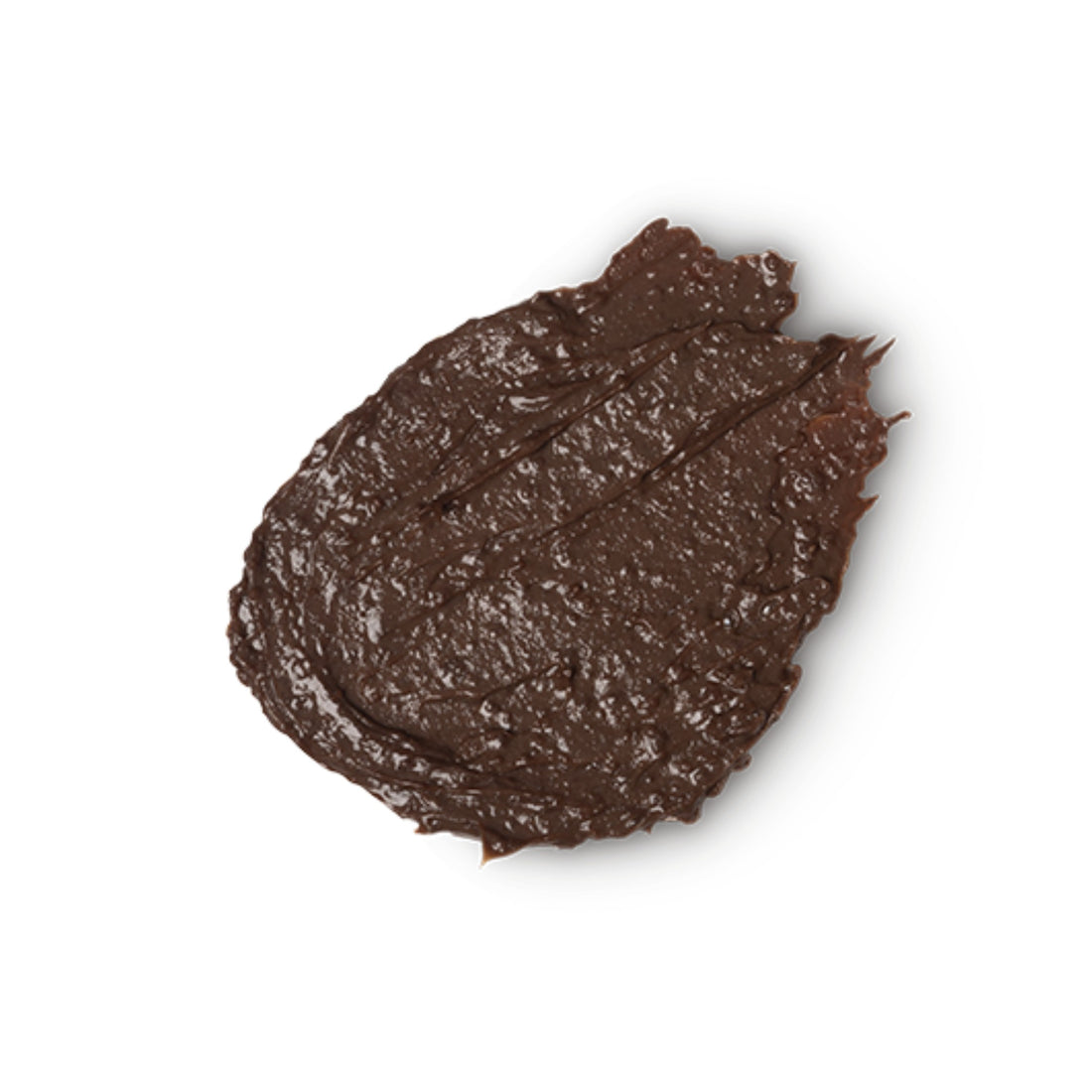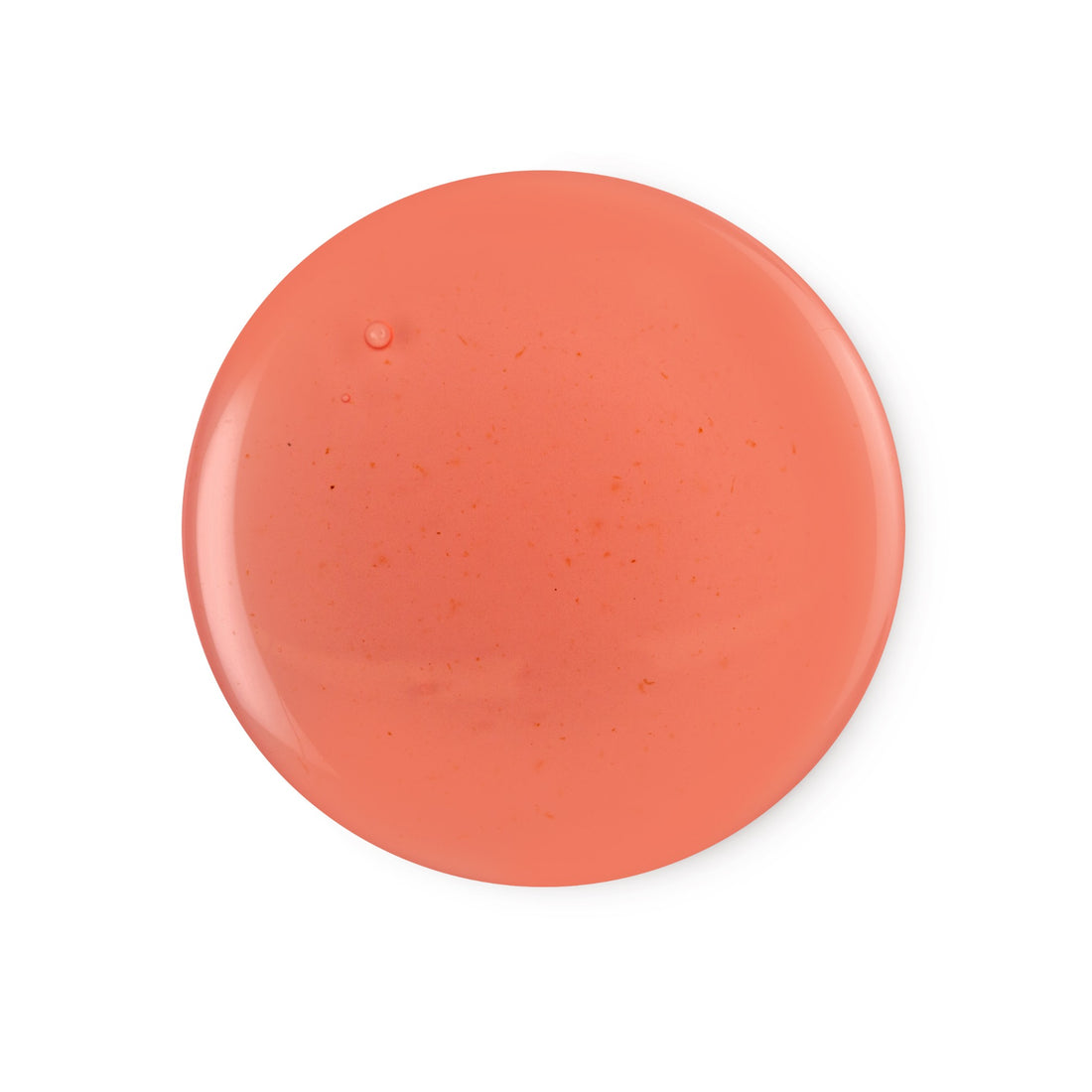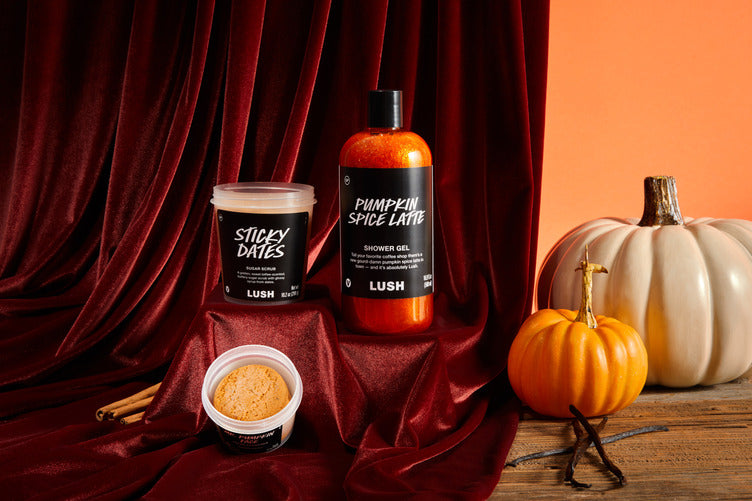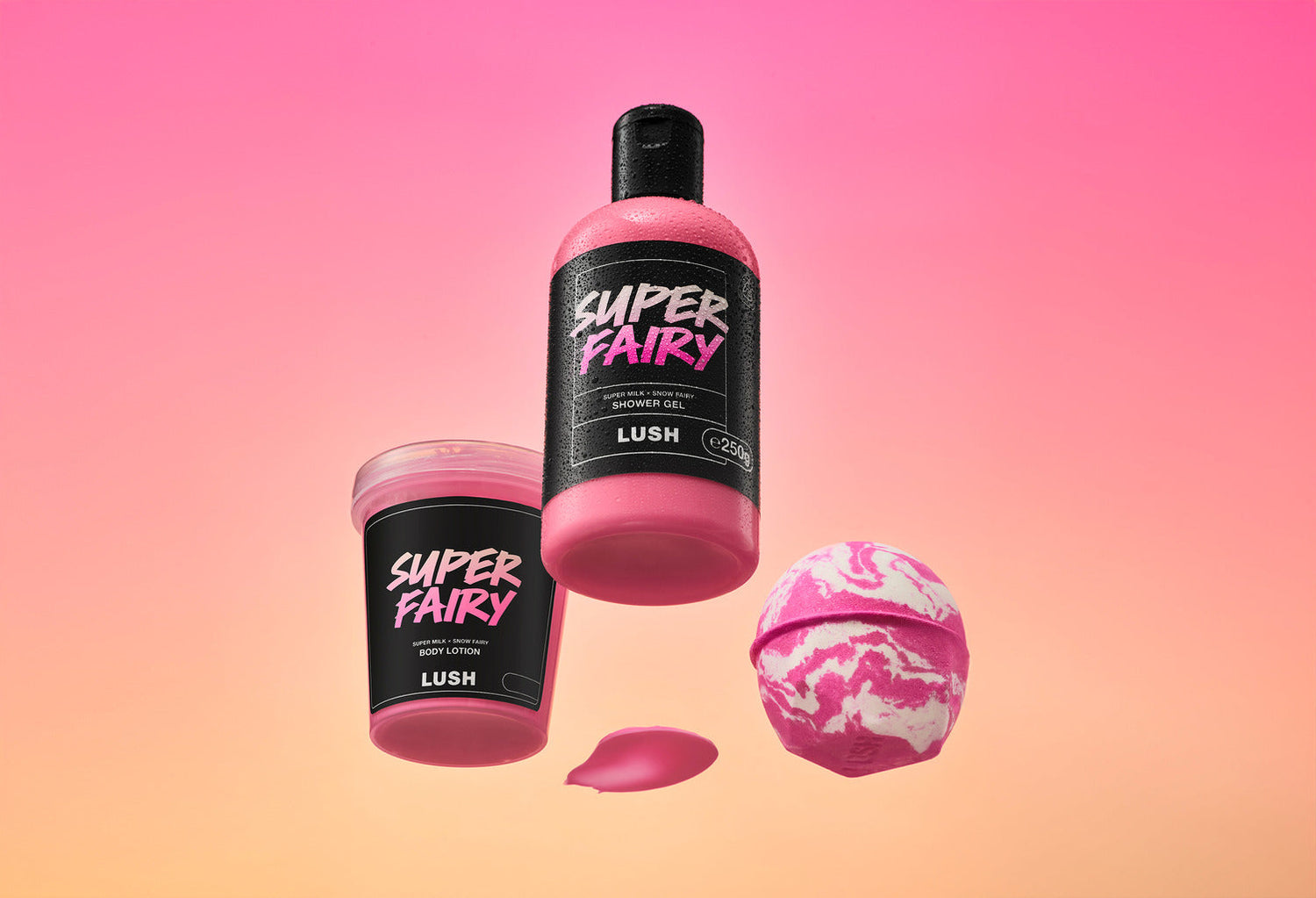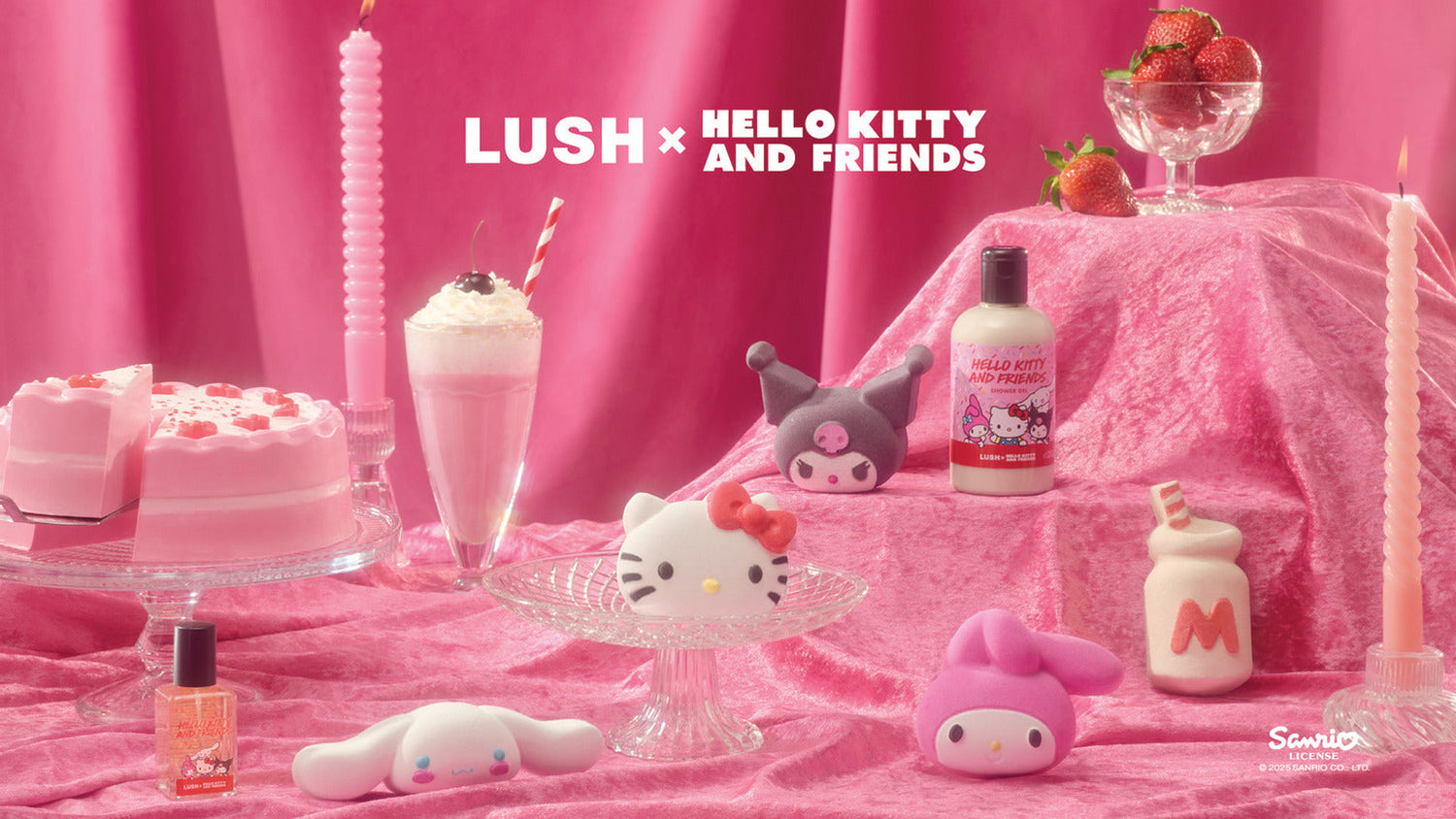Producing vanilla, the world’s second most expensive spice is a waiting game. And the global market is impatient. When poor harvests meet insatiable demand, everyone loses.
Lulu couldn’t hold off the early buyers.
The first unsolicited callers arrived in September 2016, four months before the vanilla crops that sprawl across Uganda’s Rwenzori region would be fully ripened. In quieter times, Lulu had shrugged them off and got on with her work of more than 17 years: curing, packing, branding and marketing vanilla exploding outwards with vanillin crystals. “They ruin it for that season,” she admitted, “but hopefully the next season they’ve come on board with you and seen that they were stupid to buy months early, and don’t do it again.”
However, in October, the stream of incoming buyers became a deluge. “We haven’t even reached November and they have been buying their vanilla in earnest for about the past two weeks.” Lulu said.
There’s no prizes for guessing why: the current price for vanilla is ludicrously, unsustainably high. It’s been surging ever-higher - up to 120% year-on-year since 2012, according to the data company Mintec. A recent industry report reveals that $360,000 (£283,000 in today’s exchange rate) will buy you just one tonne of beans.
Enter Madagascar. It’s the big fish of the global vanilla market, producing 80% of the world’s supply (in 2014 this equated to exports of $192m, equivalent to £151m). So, when in 2015 Madagascar’s annual harvest ended at 1,300-1,400 tonnes - far less than the 2,000 tonne figure judged to be decent - prices burst through the roof. This rise was exacerbated further by get rich quick schemes involving cutting crops early or cutting corners often. Vacuum-packing - a process which retains the moisture and therefore weight of the beans (meaning: £££) so they can be sold when prices are hiked - became so commonplace that Madagascar’s government banned the practice. The vacuum-packed beans that escaped the ban by nefarious means were low quality, and often mouldy by the time they reached the colder climates of the US or Europe.
Forward-thinkers turned towards Uganda, eager to capitalise on the country’s two rainy seasons, and subsequent two harvests. The buyers there in October 2016, many of whom were agents on commission, wanted vanilla immediately: “They don’t mind producing c**p quality vanilla, and they don’t mind producing immature vanilla that may be prone to mould. I don’t know quite how they get away with it.” said Lulu.
The Rwenzori farmers want money and fear theft if they hold out. Lulu wants both these things and more - more time for the region’s beans to fully ripen and produce the high levels of vanillin associated with exquisite, iridescent vanillin crystals. As she tells it, these crystals produce beans that are “like the champagne and truffles of vanilla.”
“I refuse to go and buy premature vanilla”, said Lulu. The brand she created provides vanilla for cosmetics-, chocolate- and ice cream-makers, so quality is of paramount importance. And she’s adamant, “the only way you’re going to get nice vanilla is if you harvest it at the right time. There’s no way around that.”
Is it the end of the whirl as we know it?
The world’s craving for the sweet treat is insatiable though, requiring a staggering 2,700 and 3,000 tonnes a year. In pop culture, ‘vanilla’ has been synonymous with “unexciting, normal, conventional, boring"; even reality TV purveyor Simon Cowell recently repurposed it to insult someone. But, while Cowell may be an acquired taste, vanilla certainly isn’t. It’s found in everything from ice cream, chocolates and cola to pastries and perfumes.
So, how has the industry coped? Is it the end of the Viennese whirl, or Mr Whippy, as we know them? For some, it has meant focusing on other ranges. In 2016, for the first time in eight years, there were more chocolate flavoured ice creams launched in the UK than vanilla flavours (including vanilla bourbon and Madagascan vanilla). For others, alternative sources of vanillin have proved tempting, such as synthesizing it from guaiacol (a petrochemical) or making it from pine bark, clove oil, rice bran or lignin.
The rest - both vast, industrial users that have made public promises to go natural and smaller and artisanal companies like the award-winning Purbeck Ice Cream company - have had to saddle the higher prices in order to not compromise on taste. “As our brand is built around our premium quality ice cream, all natural ingredients without additives and colourings, we are committed to using only the best ingredients for our customers, and fake or paste alternatives are just not an option for us.” said Purbeck Ice Cream Sales and Marketing team member Emily.
A knee-jerk reaction to this problem might be to simply suggest: grow more vanilla. However, growing vanilla is far from simple. First, there’s the pollination. You have 12 hours. “In fact, it’s less than that, it’s more like 8 hours”, said Lulu, because the flower will open in the morning with the sun, then wither as it begins to set. You have only your hands and a whittled stick (or perhaps a pin) to assist you. Your task is to press the male and female parts together so that the pollen sticks. Consider this the easy step. Next, comes blanching - immersing the beans in hot water - “sweating” them and drying them by the sun. Traditionally, curing takes a minimum of three months, six for what Lulu calls “really beautiful beans”, and nine is deemed optimum.
“Once everybody hears the price is high, then everybody has a frenzy of planting vanilla, never learning from past mistakes. Everybody plants vanilla, then it takes at least 4-5 years before you’re going to get a decent crop from that vine; certainly in Uganda it does. Then, 5 years later when everybody’s got their huge yields, prices will be very, very low.”
After decades of the same cycle, it’s the farmers who have lost out most. When prices dipped in the past, they were forced to abandon their vanilla in search of more lucrative crops. Alternatively, whenever prices are high, theft is rife (a kilo of vanilla can be picked in minutes and is worth what a Ugandan might otherwise make in 5 months).
The demand for premature harvesting also means that farmers don’t receive the Fairtrade premium. “The premium means it’s something that goes to the whole group to discuss and decide how to spend it, whether they want to put in a new roof, or a new office building, or buy land, or pay an office employee to come and do their paperwork for them.” explained Lulu. During past dips in the market, farmers around the Rwenzori mountains were able to maintain their crops precisely because of the Fairtrade price Lulu and others paid (though this highlights the unfairness of non-Fairtrade prices for farmers as much as it praises Fairtrade ones).
One workable solution is being discussed between Uganda’s Minister for Agriculture and Fisheries, Lulu, and fellow vanilla curers and exporters. Farmers and exporters would come to a consensus on a date that no one could begin to harvest before. The government would then enact this date in law at national and by-law level. It’s an idea that’s gained traction among both the ministry and private sector, with sector minister Vincent Bamulangaki Ssempijja stating: “Our vanilla is just being rejected on the international market because of poor quality. We have to fight that, and we must fight it together with the farmers and vanilla dealers, because we are likely to lose more this time round if we don’t do so.”
Internally, the future for vanilla growers in Uganda seems to be looking up. Externally - until next season’s harvest comes in - the market is as up in the air as ever.
Will things change for the better soon? Lulu is unsure; when it comes to the vanilla market, everyone is. This year, Lulu couldn’t hold off the buyers “that go a bit crazy when prices are higher”. But, she’s still holding out hope for next year, even if it is only that things will calm down a little. Whatever happens, Lulu, with characteristic patience, won’t be buying any vanilla before it's ripened.
“We’re not looking to make a quick buck overnight”, she said.





